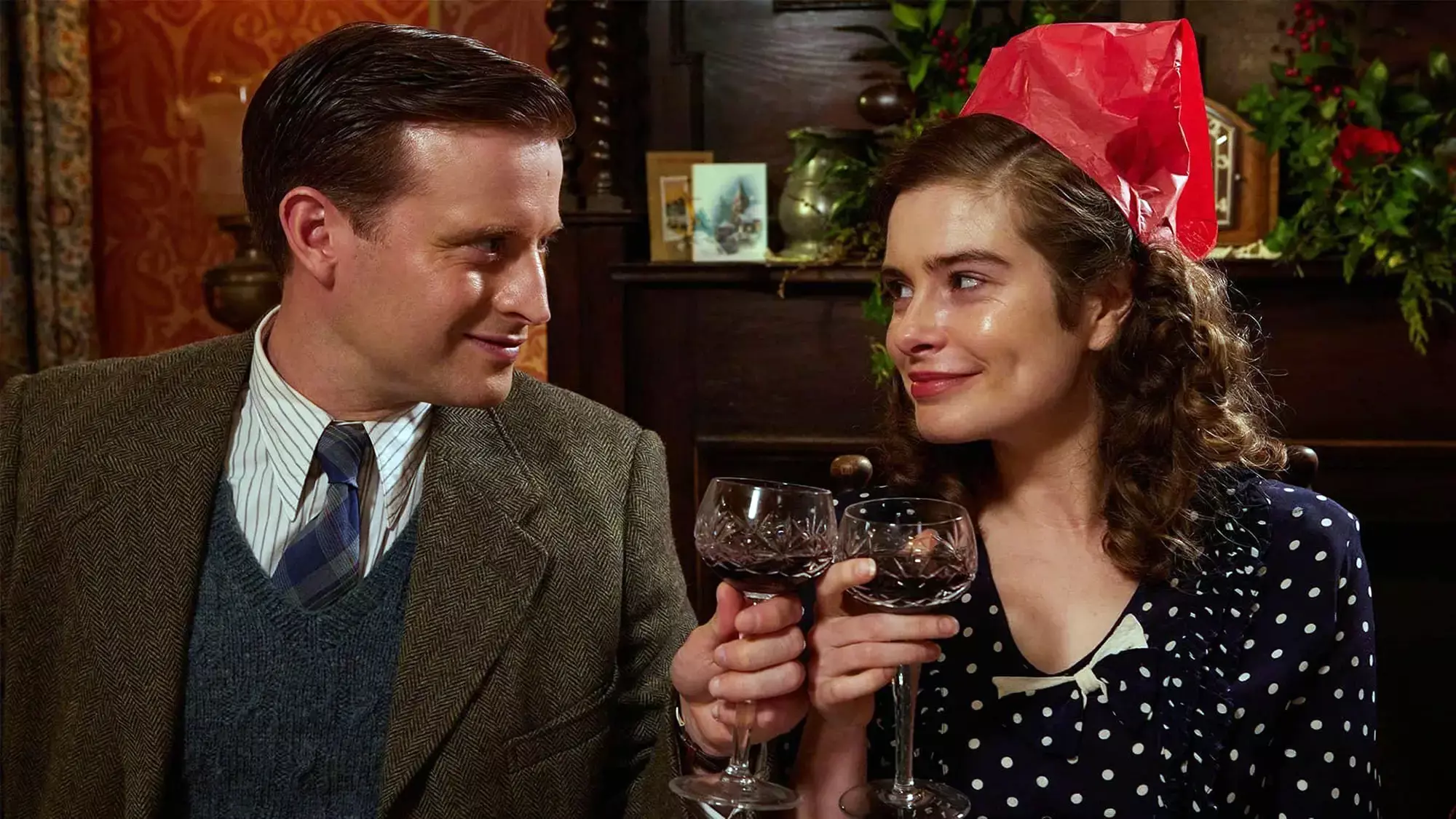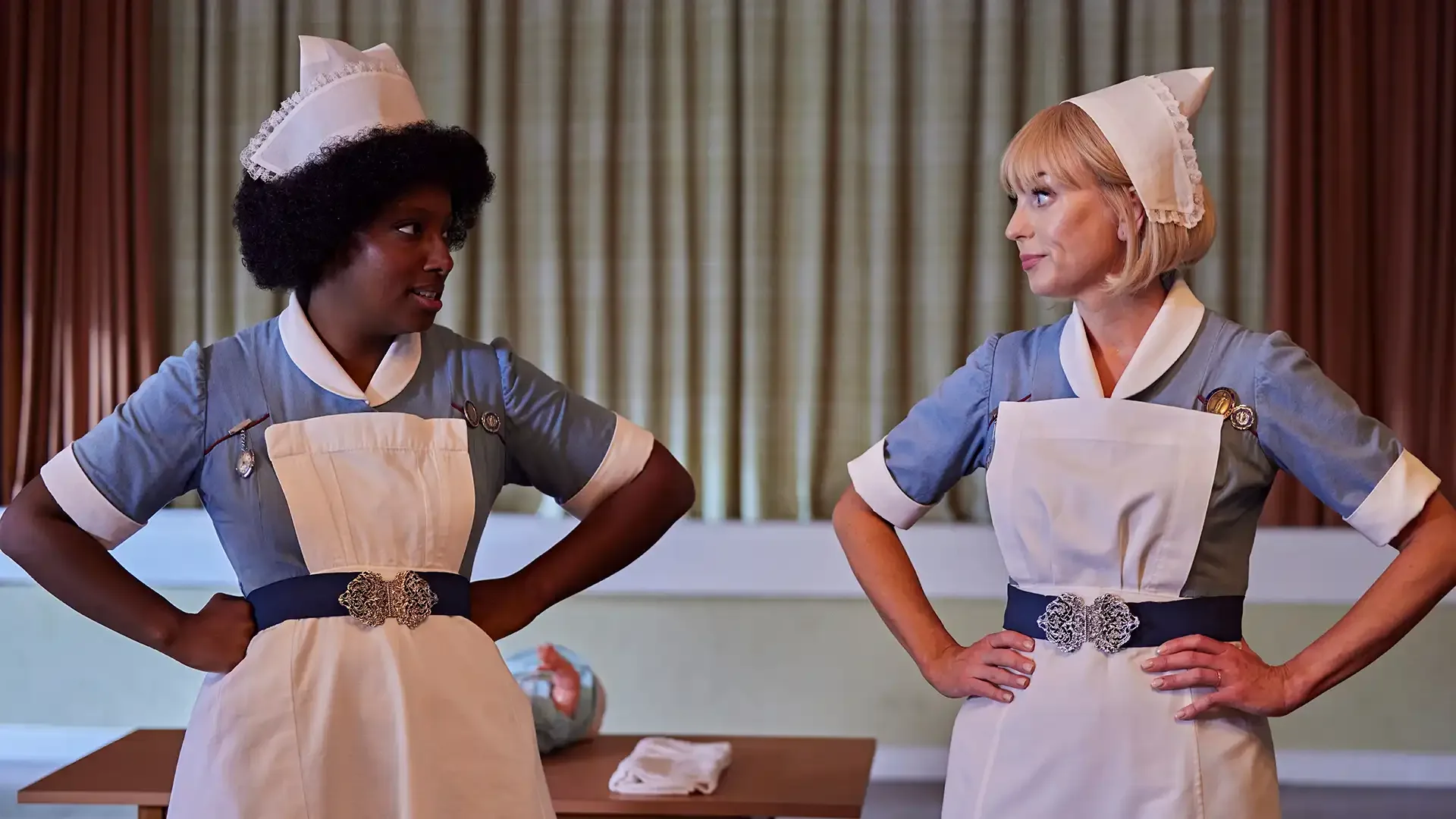Andrew Nadkarni (he/him) is a queer multiracial filmmaker based in Brooklyn, NY. A 2023 BRIClab Artist in Residence, he integrates community care, sustainability, and trauma-informed practices into his filmmaking process. His debut documentary, "Between Earth & Sky," won the Oscar qualifying Best Short at Big Sky Doc Fest, Audience Award at DC Environmental Film Fest, and the IF/Then x Redford Center Nature Access Pitch at DOC NYC. It also screened at Sheffield DocFest and Hot Docs. It will premiere in Season 6 of the critically acclaimed PBS series POV Shorts on October 5, 2023. A Film & TV graduate of NYU Tisch, Andrew has worked across the United States, Japan, Mexico, and Costa Rica. He recently produced the narrative feature, "Actual People".

Andrew Nadkarni (he/him) is a queer multiracial filmmaker based in Brooklyn, NY. A 2023 BRIClab Artist in Residence, he integrates community care, sustainability, and trauma-informed practices into his filmmaking process. His debut documentary, "Between Earth & Sky," won the Oscar qualifying Best Short at Big Sky Doc Fest, Audience Award at DC Environmental Film Fest, and the IF/Then x Redford Center Nature Access Pitch at DOC NYC. It also screened at Sheffield DocFest and Hot Docs. It will premiere in Season 6 of the critically acclaimed PBS series POV Shorts on October 5, 2023. A Film & TV graduate of NYU Tisch, Andrew has worked across the United States, Japan, Mexico, and Costa Rica. He recently produced the narrative feature, "Actual People," now streaming on MUBI.
POV: "Between Earth & Sky" beautifully interweaves Nalini Nadkarni's personal revelations with her pioneering work on tree canopy communities. What inspired you to make this film?
Andrew Nadkarni: I set out to make a film about Nalini’s miraculous recovery after her fall from a tree. This opened up meaningful but unexpected conversations within my family, and we ended up making a film about “what grows back” after a disturbance in the rainforest, and in a person’s life.
Nalini is my aunt. My first memory of her is when she visited my elementary school, used her “master caster” to shoot a rope over a branch, and gave a bunch of preschoolers a climbing demo. Growing up, seeing her in National Geographic films, giving TED talks, even getting a Barbie modeled after her, I looked up to her as this shiny superhero: “The Queen of the Canopy.”
After she survived her 50-foot fall from a tree in 2015, I intended to capture her inspirational recovery back to her “original state,” fearless, resolved, and impenetrable. As we deepened our relationship, I began to understand Nalini more deeply; she opened up to a place of vulnerability, and we embarked on a challenging but rewarding journey to examine the ripple effects of trauma. I was inspired to make a film that shows Nalini’s strength not only in her achievements, but in her vulnerability, and openness to embracing the unresolved.

The best of PBS, straight to your inbox.
Be the first to know about what to watch, exclusive previews, and updates from PBS.
POV: As a filmmaker, how did you approach the complex and at times, sensitive themes of disturbance, loss, and recovery that play a significant role in both Nalini's life and her research? Specifically, how did you handle the visual portrayal of these themes in relation to her childhood trauma and near-fatal accident in 2015?
Andrew: I knew the fall would be a visceral centerpiece. As Nalini falls, we move back in time, landing with a thud as “little Nalini” jumps into a pile of leaves. Our editor, Peter, spent a lot of time on the “ICU Psychosis” sequence, overlaying her X-rays on shifting nature imagery, while fleeting memories, major life events, and rising pressures float in and out of consciousness.
Navigating the sensitive themes of childhood trauma was a complex but rewarding process. Nalini and I had many conversations throughout the process to determine what was for the film, what was for our family, and what was just for us.
Visually, we had hours of archival 8mm home movies to work with, where each moment carried emotional weight. The home movies were filmed by my grandfather, intended to present our family at its best. I tried to subvert that and contrast how the family looked from the outside, with the difficult truths on the inside. Though we touch on deep trauma, it was important to portray it gently, to avoid sensationalizing, and to only open wounds we could work toward healing before the film closes. We tried to surround the darkness with truthful moments of joy; all of the things that make up a life.
POV: Your film eloquently captures Nalini's deep emotional bond and profound sense of wonder in her work with trees. Can you share your approach to portraying this intricate relationship between humans and nature on screen?
Andrew: Nalini’s energetic love for trees is infectious. Anyone she speaks with comes away with a newfound appreciation for the nature around them, whether in an urban park or a remote forest. Spending time with her has made me more attuned, for example, to how a tree’s body language shows the scars of injuries weathered in its life.
I found it interesting to consider how her relationship to trees changes over time. Trees were safety and refuge to her as a child, a place of exploration and achievement as she climbed high in her career, and a source of danger when she fell. That fall, however, allowed for a new sort of relationship, integrating all that came before into something new.
It was important to capture that dynamic “three-dimensional volume” as we move up into the canopy, as well as the tactile “feel” of being amongst the trees. I love the way Nalini interacts with mosses. Circling to trace the surfaces, peeling them back to expose the soil underneath, and placing everything back gently with a pat.
I also love how Nalini is able to hold onto the wonder and curiosity she had climbing trees as a child. I wish that for everyone, including myself: to be able to hold onto something you loved as a child; something that brought you joy, where you felt a sense of home and safety; and to integrate that into your life today. For me that place is “by the creek,” somewhere I visited and explored frequently as a child, which I now see as a place that connects me to people, past, present, and future. I named my production company after this particular creek.
POV: Documenting Nalini's story transported you to many unique and biodiverse locations, such as the forests of Monteverde, Costa Rica where she has a longstanding connection with the strangler figs. Could you recount any memorable moments or challenges you faced while filming these vibrant yet fragile ecosystems?
Andrew: One of the true joys during production was spending 10 days in Monteverde, living and filming with Nalini and her husband Jack (an entomologist who studies ants!). When we trekked into the rainforest to check Nalini’s research plots, the trails had almost completely disappeared; covered over by plants that had grown in the years since the trails had last been walked. Each step made an impression on the land. I had to rely on Nalini and Keylor (her climbing assistant) to navigate in and out, and hoped the waterproof cover on my backpack would protect the camera from periodic downpours.
As we arrived at our first tree (“Keylor”), we saw it was completely uprooted, and had fallen. Stepping onto its wide trunk was the first time I truly understood the scale of an old-growth, two-hundred foot tall tree.
When it was finally time to climb “Figuerola” (Nalini’s favorite tree, a strangler fig), I was unexpectedly terrified. I accidentally got off the rope on the wrong branch, thinking I surely must have made it far enough by that point. Nalini’s destination was about 15 feet above me. I was balancing in the crotch of the tree, tied off to a branch that would maybe (hopefully) hold my weight if I fell. Serendipitously, this was the vantage point where I captured some of my favorite shots in the film: peering up, through the leaves, at Nalini taking a peaceful moment in the canopy. The footage is a bit shaky. I like it. Getting down was a whole other adventure.
Support your local PBS station in our mission to inspire, enrich, and educate.
POV: Your documentary underscores that disturbances often leave indelible imprints, preventing a system — be it ecological or personal — from reverting completely to its previous state. This concept appears intimately connected to Nalini's ongoing exploration of the self she is “growing back” in the aftermath of disturbance, or her “Third State.” Could you discuss how this idea shaped the narrative arc and storytelling approach of your film?
Andrew: I think it’s amazing how well her research question of “what grows back” after a disturbance (ecologically) focuses us on her emotional journey.
Structurally, we tracked Nalini’s relationship to trees, the public and private self, and the effects of disturbance and recovery. We tried to capture Nalini as a woman who is always in motion, climbing high to the top of her field (the “First State”). Then she is stopped by the fall and forced to reflect back on her own upbringing (the “Disturbed State”). We included moments that suggest the very natural desires or attempts to return to where you were before the disturbance. However, the film shows Nalini grappling with the ongoing ripple effects, visible or not. A driving question is how and why someone in constant motion can come to rest on the ground.
Nalini has many more adventures ahead, but I wanted to tell a story that was complete yet unresolved, reflecting this journey towards the “Third State.”
POV: What projects are you currently working on and how is your process evolving?
Andrew: I have a super impressive magnum opus in the works, I just can’t tell you about it yet. (Kidding).
But seriously, right now the team and I are working on an impact and educational outreach campaign, particularly to bring the film to nature-deprived audiences. I’m in development on a few projects, from an experimental short told from the point of view of a highly “invasive species,” to larger stories about breaking generational cycles and imagining new futures within Queer and South-Asian diaspora communities.
I’m quite passionate about ethical representation, and integrating community based, sustainable, and trauma-informed practices into the documentary process. I aim to deconstruct colonial and hierarchical power structures ingrained in documentary and society, and find community within the often isolated personal filmmaking process.
Inspired by my aunt’s radical vulnerability, I hope to communicate that regardless of our productivity or achievement, we are inherently worthy of love, safety, curiosity, and joy.



